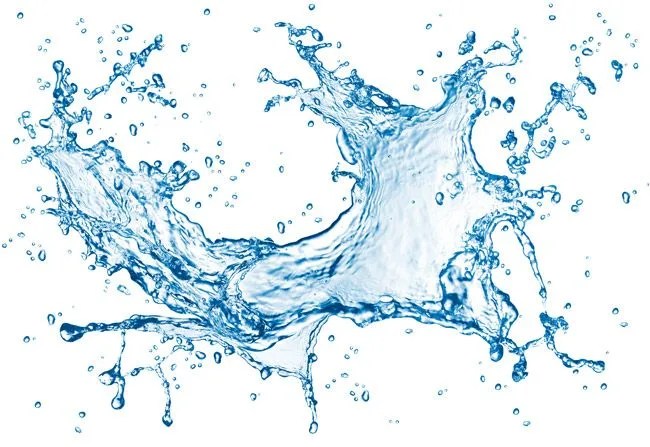This article is not intended to treat, diagnose, or cure any medical condition. Consult with your doctor before making changes to your existing regimen. – The Editors
The pain would start in my lower abdomen, usually in the mornings and seemingly at random. A 10-minute walk would leave me as fatigued as the five-mile jogs I used to take before wrestling practice in high school. My weight dropped, from 145 pounds to about 130. I grew irritable. Conversation frustrated me. I found it difficult to stay focused along any one line of thought. And the worst part? I had no idea what was wrong.
At this point, I’m under the care of a gastroenterologist, and I know that my pain is the result of an extremely sensitive caffeine allergy. But for two years, I struggled to find the source of my mystery illness. Despite several sessions with an acupuncturist, several more with a chiropractor, appointments with three different western medical doctors — all three of whom diagnosed me with IBS, a common catch-all for a variety of unknown digestive disorders, and one of whom gave me a medical marijuana prescription, which was fun but ultimately useless — I was no closer to finding a cure than when I started searching.
Somewhere in my quest for answers, a friend recommended a water fast. Nothing but water for anywhere from seven to 50 days. The previous year, he’d completed an 11-day fast and said he’d felt better than he had since childhood. His friend had completed a 21-day water fast, to the same effect, and a mutual acquaintance had gone for a whopping 50 days.
THE FASTING REGIMEN
Morning: 1 Tablespoon of Non-Iodized, Celtic Sea Salt Mixed With 1 Quart of Lukewarm Spring Water (Filtered, if you can’t get spring)
Evening: Bath with 1 Cup Epsom Salt
Night: 1 Cup of Smooth Move Laxative Tea
Post-fast, spend one day of recovery for every four days of fasting. The first half of recovery includes six ounces of fresh fruit and vegetable juice every two hours. The second half of recovery includes small salads, juicy fruits and broth.

